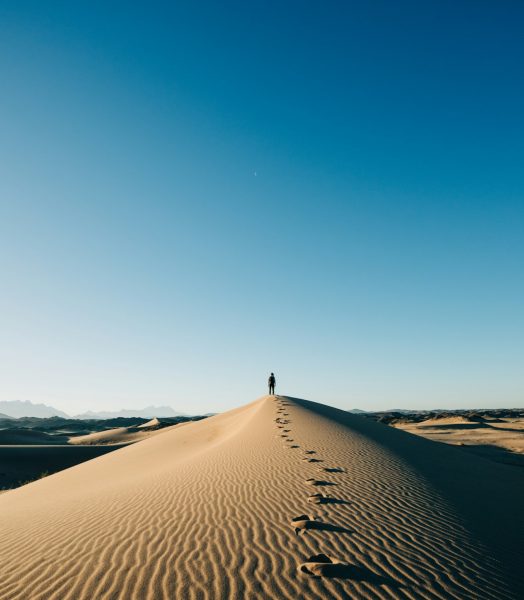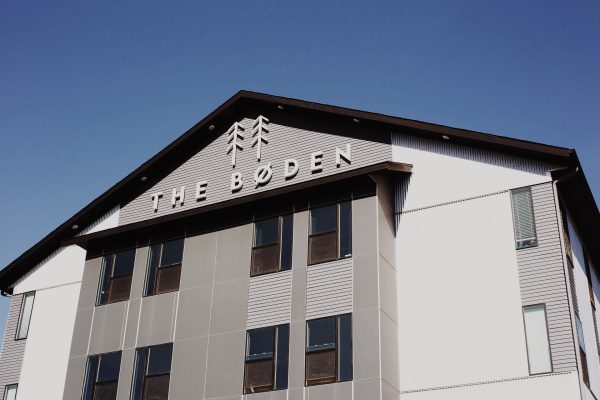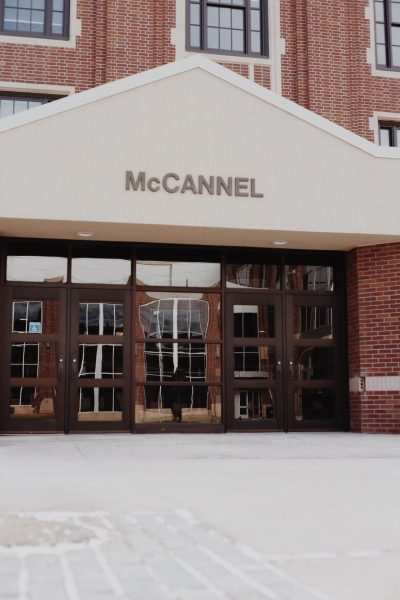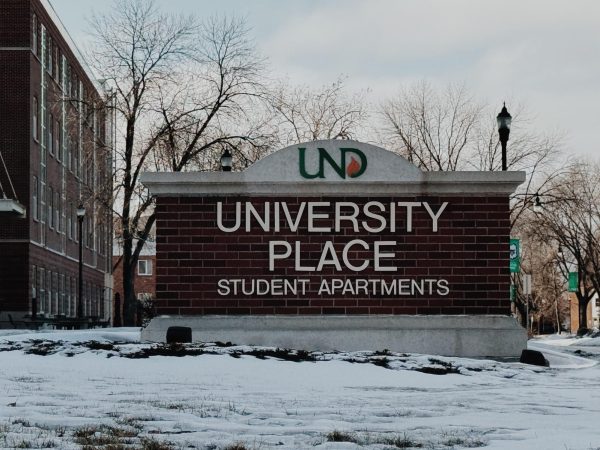To Kill a Planet : How we can learn from past extinction events to prevent our own
There have been five mass extinction periods in the history of planet Earth, and though the most well known is the most recent, which includes the asteroid responsible for killing the dinosaurs, the most sinister is also the most preventable — the one that’s happening now.
The New York Times reports that human-instigated climate change has resulted in extinction rates in the tropics “on the order of 10,000 times greater than the naturally occurring background extinction rate.” The same report states that up to 50 percent of the species living on Earth today could be extinct by the end of the century if current climate dynamics persist.
The climatic conditions associated with extinction today happen to involve the warming of the planet as a result of human greenhouse gas emissions, but it’s necessary to remember that the relationship between climate and life is far more complicated than “global warming = bad.”
Imagine how long it took for organic matter worldwide to become buried and chemically converted into fossil fuels. Imagine how much the remarkably complex global climate system would have changed over that time.
Then imagine what would happen if we burned all that carbon back into the atmosphere in a couple hundred years — a geological heartbeat of Earth’s ancient lifespan.
That’s what’s happening as we start our cars, flip on our light switches and mistreat the microorganisms that live in what soil we have left, and scientists in every field are seeing that Earth’s recent climate — and all the life that depend on it behaving in very specific ways — aren’t up for the drastic change.
“It’s not that the world hasn’t had more carbon dioxide; it’s not the world hasn’t been warmer. The problem is the speed at which things are changing,” scientist and activist Bill Nye said in an interview with Big Think. “We are inducing a sixth mass extinction event kind of by accident, and we don’t want to be the extinctee….”
We’re in deep. But there’s still hope. Of the past mass extinctions on Earth, none are more poignant to humans than that of the Late Devonian, which, like the ongoing mass extinction period, was facilitated by the inputs of living organisms.
At the center of Earth’s second mass extinction (about 360 million years ago) were newly evolved plants with unique root systems that accelerated soil formation and proliferated across the land. Many scientists believe the massive amounts of photosynthesis these new plants took part in pulled enough carbon out of the atmosphere to result in global cooling, which, over the course of a couple million years, contributed to the extinction of 75 percent of the planet’s biodiversity.
If a pile of dirt and a few hyperactive plants can lead to global mass extinction, why do humans try to convince themselves their activities don’t have an impact on climate?
Yes, most of Earth’s former extinction events took far longer to play out than humanity’s ongoing but brief influence on greenhouse gas emissions. But humans are unique if anything, and if anybody can do something faster, more thoughtlessly, or more chaotically than Mother Earth, it’s us.
Will we find solace in knowing our homemade mass extinction will likely set the stage for another spectacular round of biodiversity to follow, as has happened after each extinction period so far?
Maybe.
But if we have anything to say about it (which we do), I don’t see why we wouldn’t put everything we can into encouraging sustainability now to prevent another 10 million years of lifeless recovery. That starts with reducing greenhouse gas emissions and finding ways to pull more carbon out of the atmosphere.
We forgive the plants of the Late Devonian period for destroying the world as they knew it because they didn’t have hearts, minds or a scientific awareness of what they were doing.
What excuse will our descendants find for us?
Will Beaton is the Editor-in-Chief for The Dakota Student. He can be reached at [email protected].











